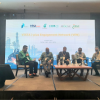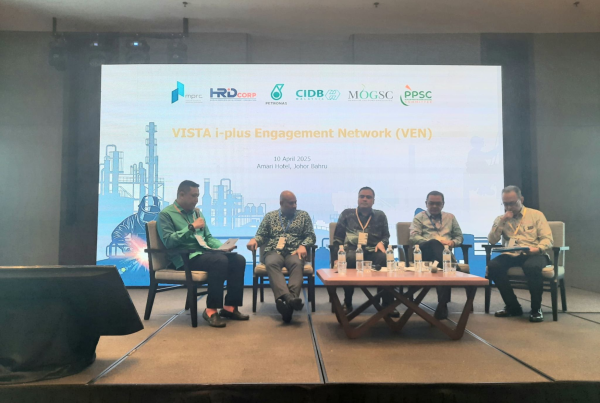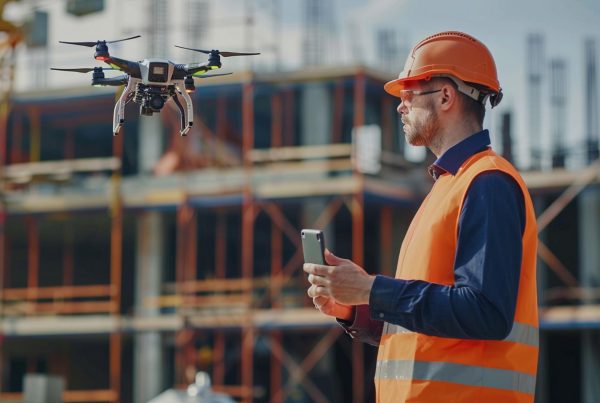
Cities are the engines of growth and the frontlines of challenges like rapid urbanisation, inequality, and climate change. At ICW 2024, Norliza Hashim, Chief Executive, URBANICE Malaysia and Founder, of AJM Planning & Urban Design, emphasised the transformative role of urban development in shaping equitable, sustainable futures for Malaysia and beyond.
Urbanisation Trends in Malaysia
Malaysia is undergoing rapid urban growth, with 78% of its population currently living in cities, which is projected to rise to 88% by 2050. This surge brings opportunities for innovation and economic development but also poses challenges like:
- Rising income inequality and poverty rates.
- Housing shortages, particularly for vulnerable groups.
- Strain on public infrastructure and resources.

Inclusive Cities: The New Paradigm
Inclusivity must be at the heart of urban development to ensure that no one is left behind. Key strategies include:
- Affordable Housing Solutions: Transit homes, housing for older people, and mixed-income neighbourhoods to address diverse needs.
- 15-Minute Cities: Reducing dependence on vehicles by creating neighbourhoods where residents can access essentials within walking or cycling distance.
- Third Spaces: Establishing parks, wellness zones, and community hubs that foster interaction and improve psychological well-being.

Related article: Part 2: Sustainable and Resilient Cities: A Blueprint for the Future














